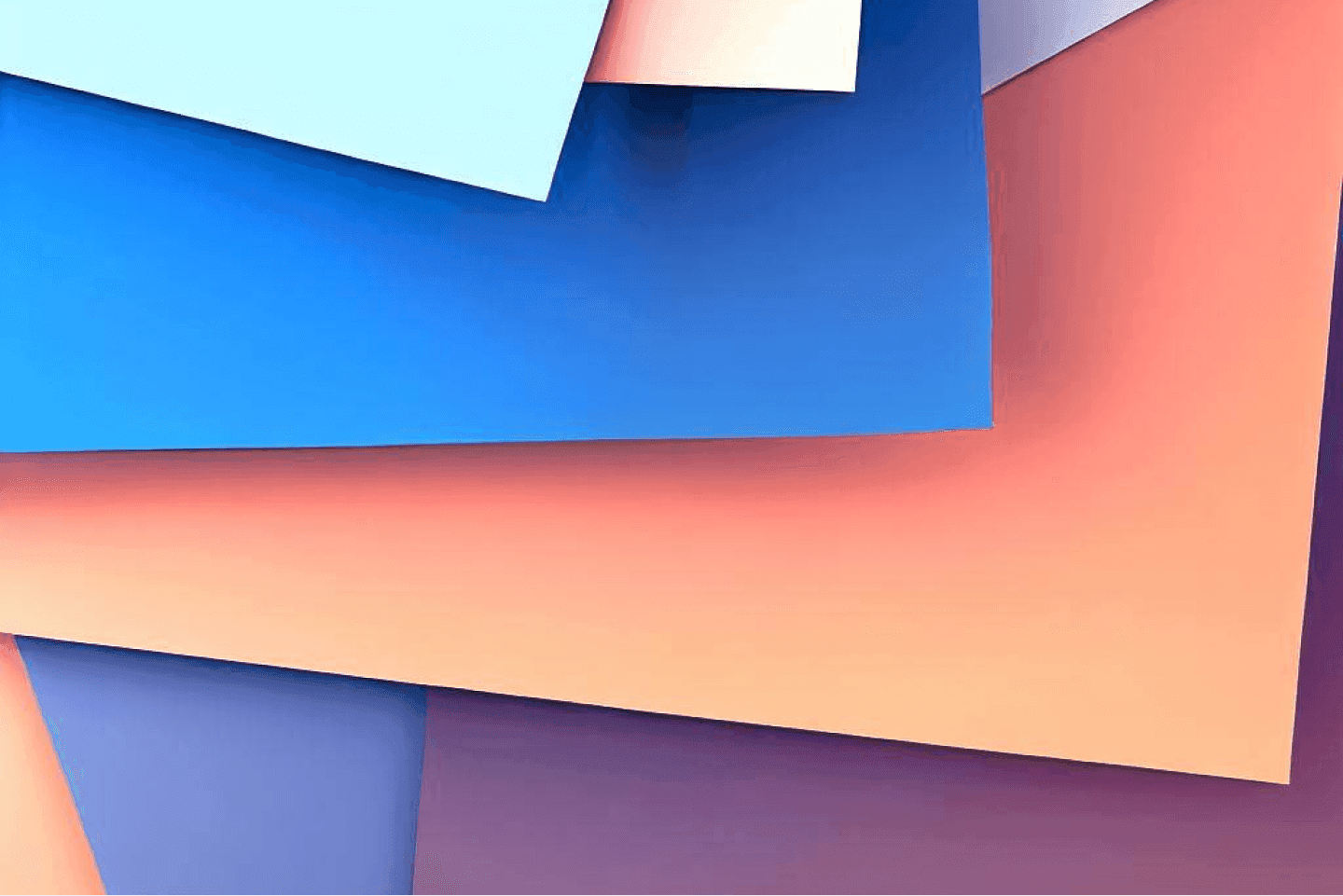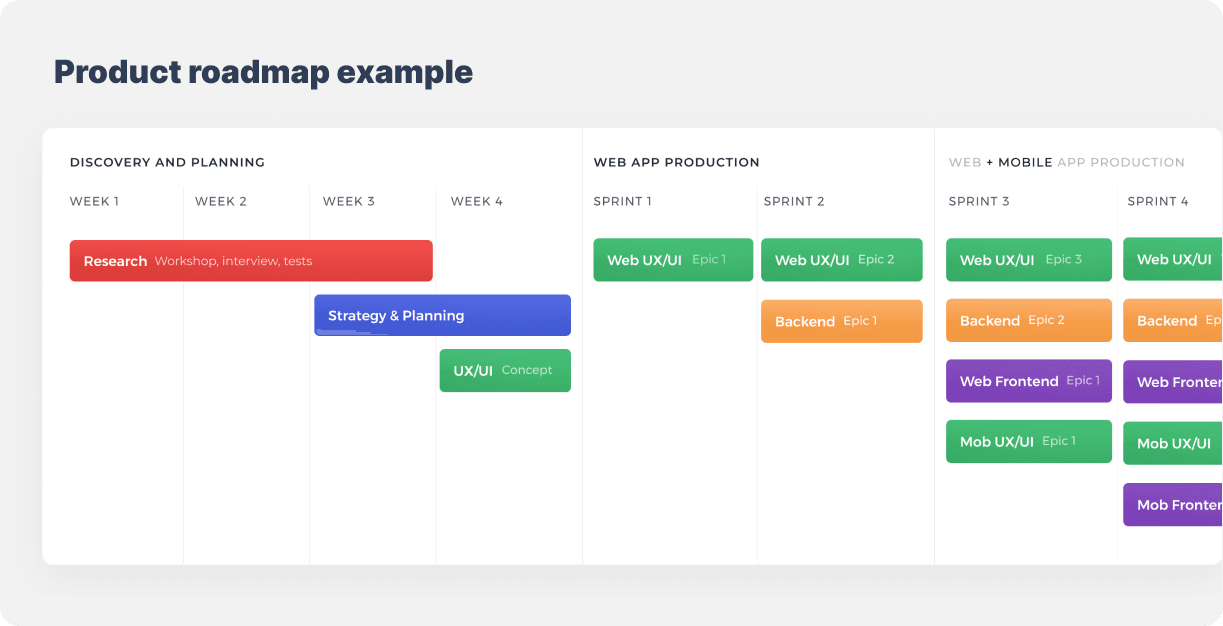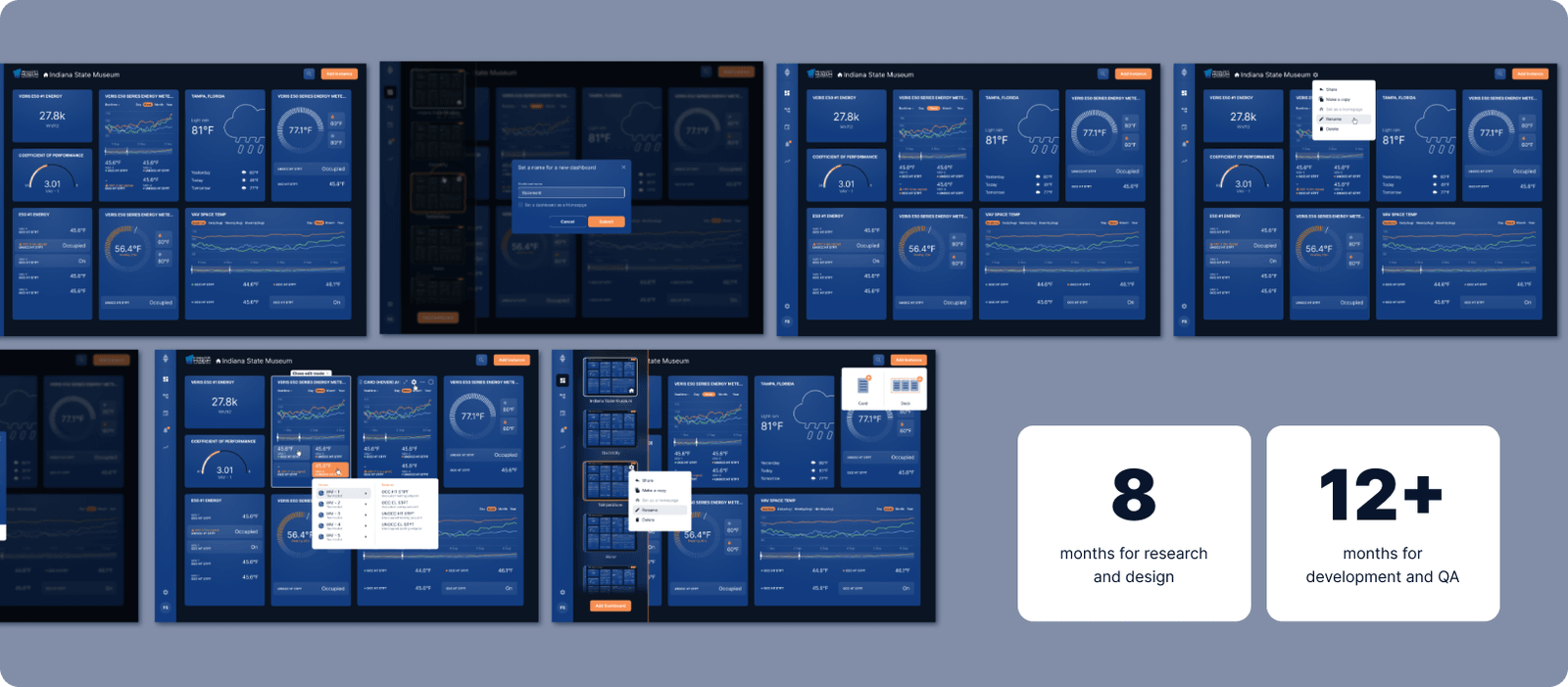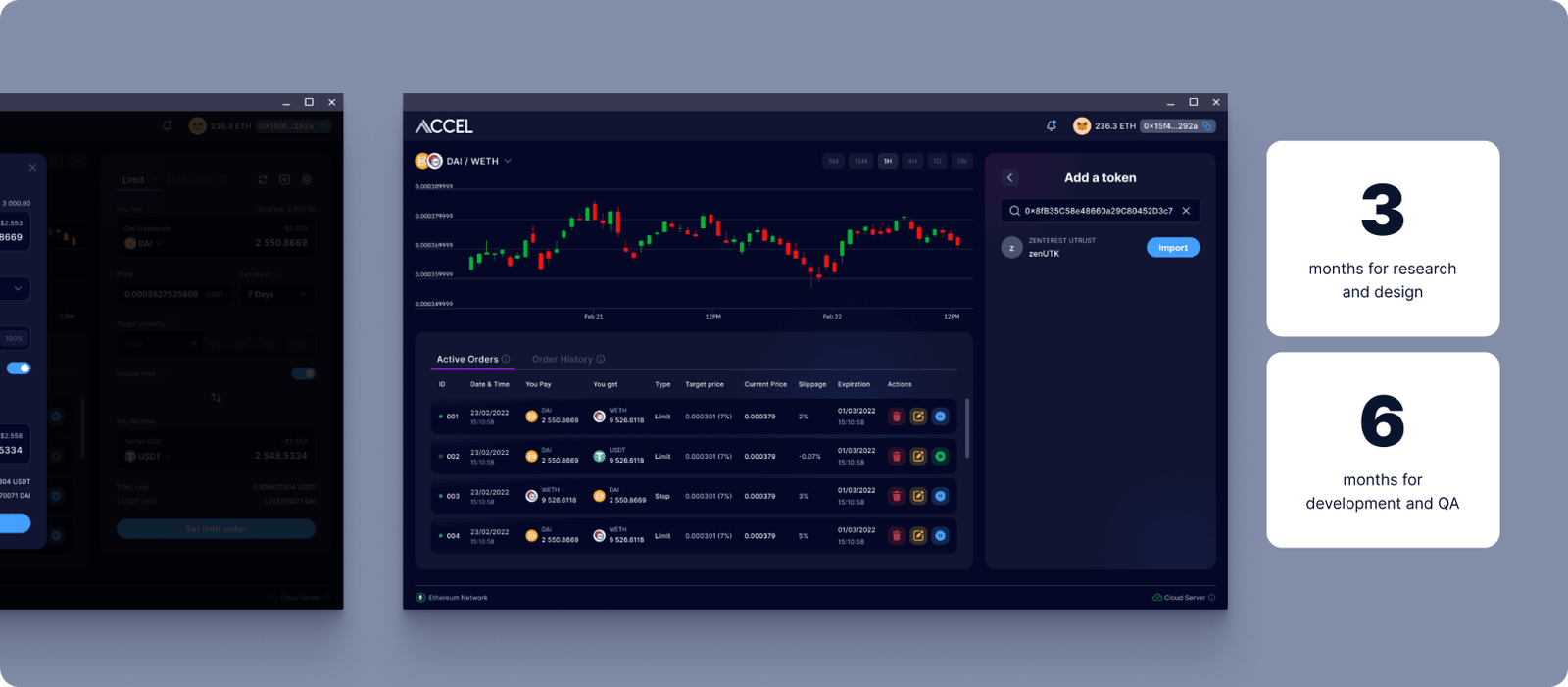
June 21, 2023
What Is a Product Design Requirement Document?
Product design documentation explains the process and reasons for creating a solution. Writing down requirements helps to form a design backlog, track improvements, measure outcomes, and simplify future integrations. When creating product design requirements, team members actively participate in planning, offering suggestions, or voicing their objections.
A product design requirement document (PRD) is an artifact containing all the information needed to create a successful product. It follows the top-down methodology used in the Waterfall project management style. The document’s modification for Agile environments makes it easier for the product manager, software development team, and other stakeholders to collaborate to design and deliver products on schedule.
This article explains how to write a design requirements document, reviewing its main sections and the challenges you can encounter while using this product specification. Finally, we will share the expertise of Artkai in product design, reviewing case studies like Accel and KMC Commander to showcase how efficient documentation optimizes building winning solutions.
Core Elements of a Product Design Requirement Document
Agile teams use a product design document as an interactive collaboration method to align on crucial product elements. The PRD is developed based on the product's needs, features, and deadlines. Here are the vital sections to include in your product design documentation:
Project Objective
This section outlines the purpose, vision, and goals of the product. An objective has to be a precise, measurable, and inspirational outcome you aim to achieve for your customers and business. It implies listing all the required product features to satisfy your consumers’ needs and business goals.
Project Details
You write down essential stakeholders, release dates, project progress, qualities, attributes, features, and other relevant information here. This part acts as a guide for designing, developing, and testing the final product.
User Stories
This section states product features in user stories that describe what a user wants to achieve. User stories address the expected user value of the product, giving designers and engineers a clear understanding of the precise guidelines they need to follow. Agile methodologies employ them to determine the essential functions to make a product functional.
User Flow and Design
A user flow visually represents your customers’ journey through a website or application, outlining their steps and what happens there. Describing a user flow helps to understand how consumers engage with your product. Knowing it lets you decide what actions a user needs to take to complete a task and how to best guide them through your solution.

Product Metrics
Support each assumption with a corresponding metric. Product metrics are measurable data points that a company monitors and evaluates to determine the performance of its offering. Some product metrics are conversion rate, churn rate, and monthly recurring income. In this section, you need to form a hypothesis regarding the impact of particular product functionality. User interactions with the feature will determine the success rate of your thesis.
Roadmaps
A product roadmap is a source of truth used to describe a product's long-term goals, priorities, and progress. This section outlines future roadmaps that will assist in scheduling the essential tasks and milestones for the product's success. It makes the product's future software development more apparent to the team and stakeholders.

Pitfalls of Using a Product Design Requirement Document
When drafting a product design document, the following difficulties could arise:
Getting Outdated
Most product teams work under tight deadlines. After assessing documentation and consulting with other members or stakeholders, it can be challenging to go back and amend the requirements. As a result, the data and inputs the development team uses can differ from the information stated in the product design requirement document.
Lack of Engagement
The frequency with which team members review or update the product design requirements depends on the company's culture and usual workflows. Ideally, team members should regularly check the requirements specification to ensure the document aligns with the team’s objectives. In practice, there can be a lack of interest or participation in the process.
Artkai Expertise
Artkai is a digital product design and development company that can help you grow your user base and revenue streams with innovative solutions. We offer professional product design services such as discovery, product strategy, customer journey mapping, wireframing, UX/UI, and visual identity.
Over the years, we have helped many businesses to improve their product designs and broaden their market reach. Our experts will lead your product to success through idea validation, a conversion boost, stellar app design, higher product adoption, improved user journeys, and consistent branding. Look at our case studies.
KMC Commander: Unified IoT Platform
KMC Controls is an independent American manufacturer of open, secure technology and automation systems. The company contacted the Artkai team with a request to create a solution with a single dashboard that would allow them to manage various aspects of air quality. Their present system was outdated, unstable, and had significant UX issues.
Our team audited and revamped the current solution to produce a universal, accessible, and modern solution. The system dashboard should be simple to use and easily adaptable to the scale of the client. We formed a comprehensive and detailed product design requirement document that helped us align cross-team collaboration.

As a result, we created revamped KMC Commander with a single dashboard, which became a strong foundation for a modern smart building environment. A well-thought-out infrastructure made it simple to connect with 150+ partners, including prominent corporations like Intel and Amazon. The platform redesign had excellent outcomes for our client:
- 35% growth in average users;
- 1,5 decrease in turnover rate.
Accel: Decentralized Trading Application
Our client, a fintech company that offers advanced trading tools for DeFi traders named Accel, had an idea for a new product that would improve the ecology of its current products. It was supposed to be a desktop application providing clients with a safer and more practical trading alternative.
The Artkai team had to design a fully working revenue-generating solution for a closed community and cutting-edge bot technology to protect users' assets. Forming and updating a product design requirement document let design and develop the product simultaneously after the research and discovery phases. As a result, we created a user-friendly decentralized trading application that increased platform usage.

Foster Your Product Design with Artkai
Product design requirement documents are essential resources for cross-team communication. The documentation outlines the steps and motivation behind creating a product, making it easier to form a design backlog, manage changes, and evaluate results. Updating the PRD as a project develops helps align development and stakeholder interests.
After years of creating product designs that increase market impact for numerous businesses, Artkai specialists have developed experience in digital product design. We employ a product design requirements document as a beneficial tool to simplify the workflow and lead your product to success with winning design solutions.
Contact us to discuss your digital product design and get an estimate.
Clients and Results
Schedule your free consultation
Don't miss this opportunity to explore the best path for your product. We are ready to delve into the specifics of your project, providing you with expert insights and optimal solutions.
Book your free sessionRead More
Explore articles from Artkai - we have lots of stories to tell
Join us to do the best work of your life
Together we advance the human experience through design.